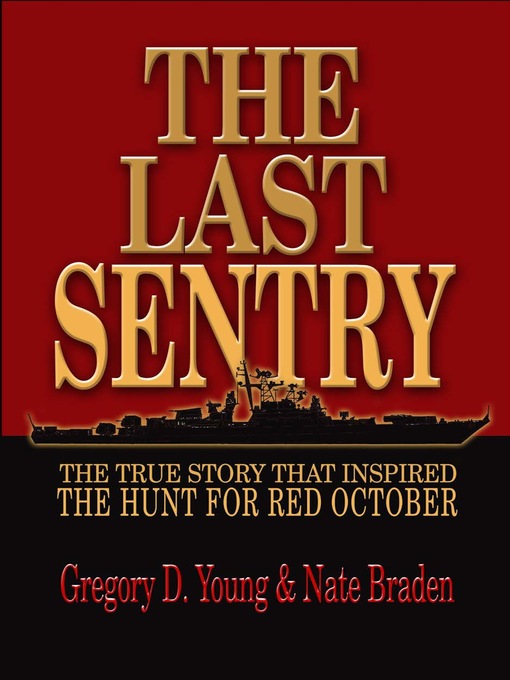Providing inspiration for Tom Clancy's The Hunt for Red October, the 1975 mutiny aboard the Soviet destroyer Storozhevoy (translated Sentry) aimed at nothing less than the overthrow of Leonid Brezhnev and the Soviet government. Valery Sablin, a brilliant young political officer, seized control of the ship by convincing half the officers and all of the sailors to sail to Leningrad, where they would launch a new Russian Revolution. Suppressed in the Soviet Union for fifteen years, Young (the first American to uncover the mutiny twenty years ago) and Braden finally tell the untold story relying on recently declassified KGB documents as well as the Sablin family's papers. It is a gripping account of a disillusioned idealist forced to make the agonizing choice between working within or destroying the system he is sworn to protect.
- Available now
- New eBook additions
- New kids additions
- New teen additions
- Most popular
- Try something different
- Trending on BookTok
- See all ebooks collections
- Available now
- New kids additions
- New teen additions
- Most popular
- Try something different
- See all audiobooks collections



